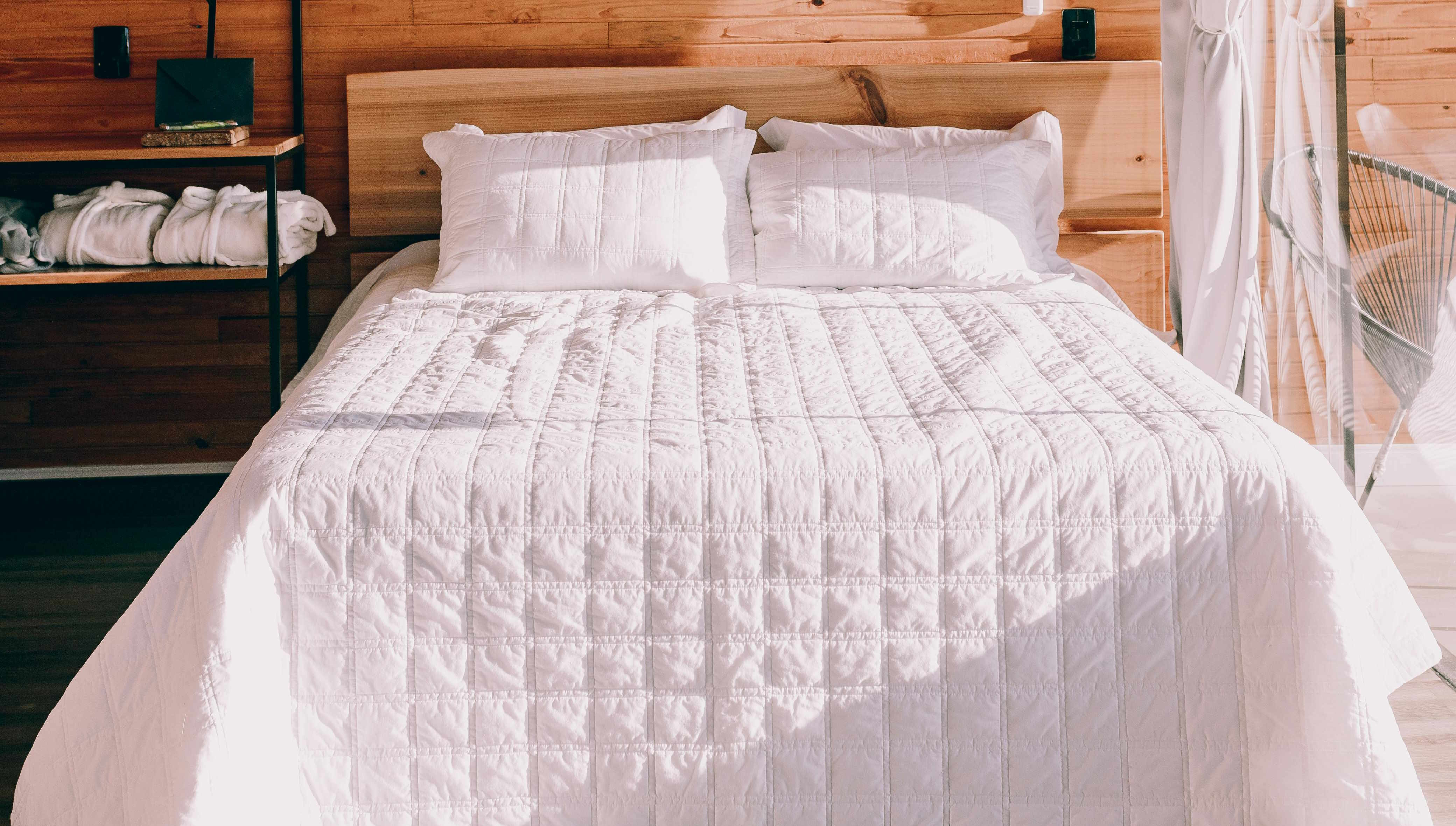General Information Regarding Bed Furniture in the UK
Beds are items of furniture upon which a person may sleep or rest, commonly found in residences across the United Kingdom. They exist in various formats, often classified by their structure, such as bedsteads (frames with headboards/footboards) or divan bases (upholstered boxes, often with storage). This article provides general information about beds as furniture pieces within the UK context. It outlines common materials used in their construction, including timber, metal, and upholstered fabrics, and describes basic structural elements like the frame and mattress support system. The content is purely descriptive and informational. It does not offer advice on sleep quality, comfort, specific brands, product recommendations, purchasing guidance, or assessments of durability or style. The sole aim is to describe beds as physical objects

What exactly defines a bed in furniture terms?
A bed is a piece of furniture designed primarily for sleeping or resting. It typically consists of a soft, padded mattress on a bed frame, providing a flat, elevated surface. Beds come in various sizes, styles, and designs to accommodate different needs, spaces, and aesthetic preferences. Beyond its primary function, a bed often serves as a focal point in bedroom decor and can include additional features like headboards, footboards, and storage options.
How are common bed types classified based on structure?
Beds can be classified into several categories based on their structure:
-
Platform Beds: These feature a solid, flat base that supports the mattress without the need for a box spring. They often have a low profile and minimalist design.
-
Panel Beds: Characterized by side panels and a headboard, these beds typically require a box spring for mattress support.
-
Sleigh Beds: Inspired by the shape of a sleigh, these beds have curved headboards and footboards.
-
Canopy Beds: These feature four posts extending upward, connected by a frame at the top, often draped with fabric.
-
Murphy Beds: Also known as wall beds, these can be folded up vertically against a wall when not in use, saving space.
-
Adjustable Beds: These allow users to change the position of the head and foot of the bed for customized comfort.
What materials are commonly used in bed frame construction?
Bed frames are constructed from a variety of materials, each offering unique benefits:
-
Wood: Popular for its warmth and versatility, wood frames can be crafted in various styles from rustic to modern.
-
Metal: Durable and often more affordable, metal frames can provide a sleek, contemporary look or a classic wrought iron aesthetic.
-
Upholstered: These frames are covered in fabric or leather, offering a soft, luxurious appearance and feel.
-
Engineered Wood: Also known as MDF or particleboard, this material is budget-friendly and can mimic the look of solid wood.
-
Plastic: Often used in children’s beds or temporary solutions, plastic frames are lightweight and easy to clean.
-
Bamboo: An eco-friendly option that offers strength and a unique aesthetic.
What are the primary structural components of a bed?
A typical bed consists of several key components:
-
Headboard: The vertical panel at the head of the bed, providing support and often serving as a decorative element.
-
Footboard: Similar to the headboard but located at the foot of the bed (not present in all bed designs).
-
Side Rails: The long sides of the bed frame that connect the headboard and footboard.
-
Slats or Platform: The supportive base that spans the width of the bed frame, on which the mattress rests.
-
Legs or Feet: The supports that elevate the bed frame off the floor.
-
Center Support: In larger beds, an additional beam runs down the center for extra stability.
What innovative features are found in modern bed designs?
Modern bed designs incorporate various innovative features to enhance comfort and functionality:
-
Built-in Storage: Many beds now include drawers or lift-up mechanisms to utilize under-bed space.
-
Smart Technology: Some beds feature integrated charging ports, speakers, or even sleep tracking capabilities.
-
Modular Designs: These allow for customization and easy reconfiguration of bed components.
-
Eco-Friendly Materials: Sustainable options like bamboo or recycled materials are becoming more prevalent.
-
Motion Isolation: Advanced frame and mattress designs help minimize movement transfer between sleep partners.
How do bed prices vary based on type and features?
The cost of beds can vary significantly based on type, materials, and features. Here’s a comparison of common bed types and their typical price ranges in the UK:
| Bed Type | Average Price Range | Key Features |
|---|---|---|
| Divan Bed | £200 - £1,000 | Built-in storage, versatile base |
| Platform Bed | £150 - £800 | Low profile, modern design |
| Ottoman Bed | £300 - £1,500 | Lift-up storage, space-saving |
| Sleigh Bed | £400 - £2,000 | Elegant design, solid construction |
| Adjustable Bed | £500 - £3,000+ | Customizable positions, health benefits |
Prices, rates, or cost estimates mentioned in this article are based on the latest available information but may change over time. Independent research is advised before making financial decisions.
In conclusion, choosing the right bed involves considering various factors such as structure, materials, and components. Whether you prioritize storage, style, or advanced features, there’s a bed design to suit every need and preference. By understanding the different types and elements of beds, you can make an informed decision that ensures both comfort and functionality in your sleeping space.
The shared information of this article is up-to-date as of the publishing date. For more up-to-date information, please conduct your own research.




